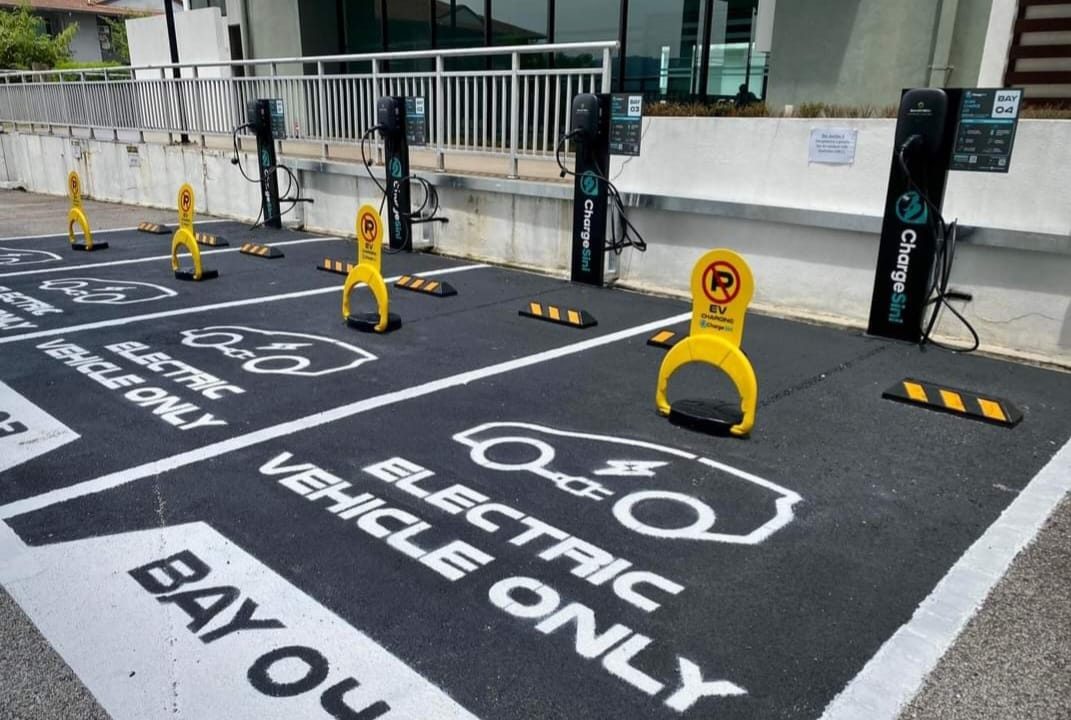-
By Erwin Liew
- 0 Comments
Why Secondary Cities May Lead Malaysia’s EV Adoption Over Kuala Lumpur
Why Secondary Cities May Lead Malaysia’s EV Adoption Over Kuala Lumpur
The transition toward electric vehicles is underway in Malaysia, but the speed of adoption will not be the same everywhere. While Kuala Lumpur is often seen as the natural leader, it is in fact the country’s secondary cities and towns that may take the lead in embracing EVs. The reason comes down to a mix of housing infrastructure, convenience, and cost-efficiency that favors suburban households over city dwellers.
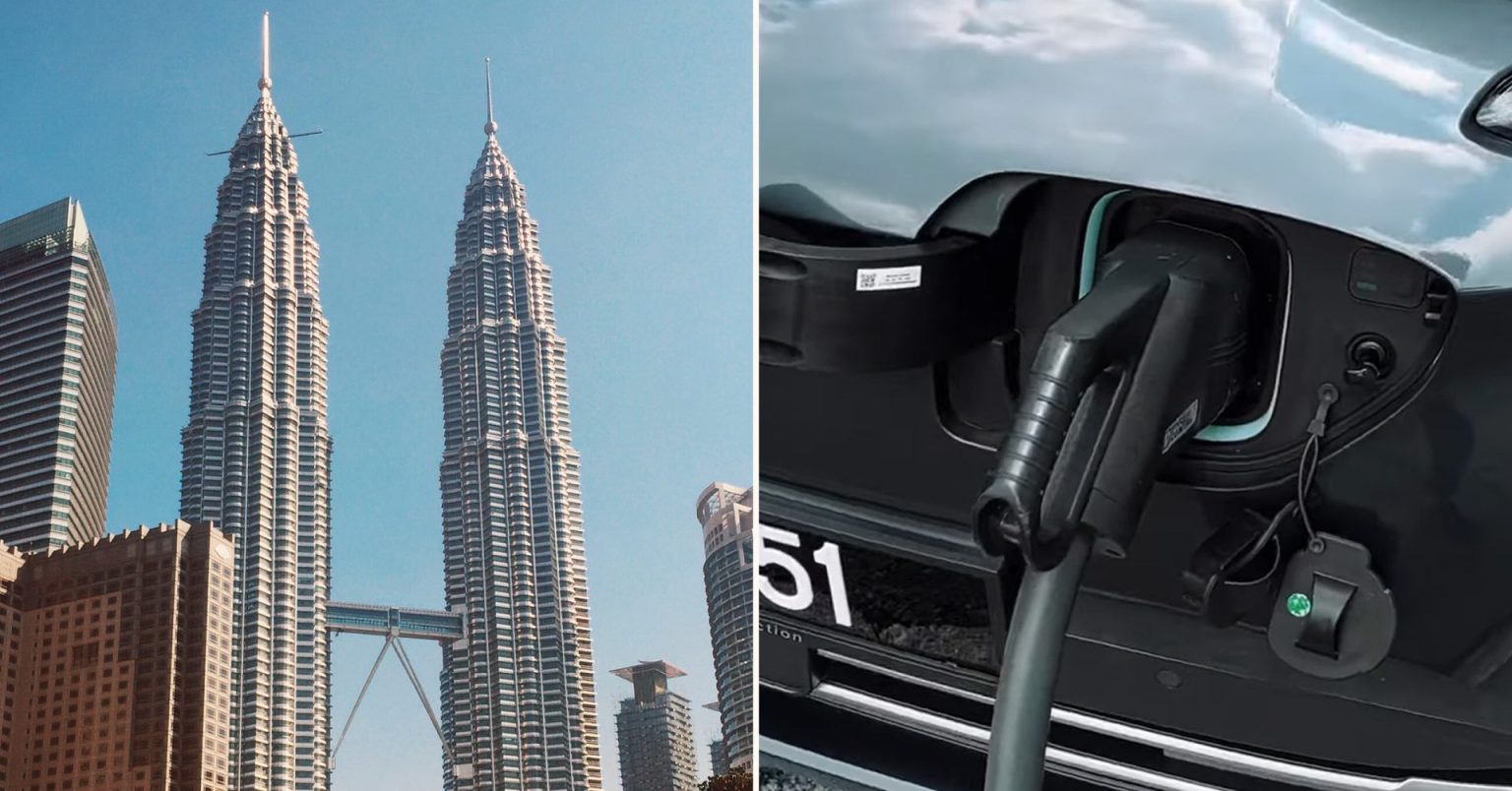
KL’s high-rise landscape creates a unique challenge for EV owners. With most residents living in condominiums or apartments, installing private chargers is a difficult task that requires approvals, compliance checks, and significant investment. For many, this leaves public chargers as the only option. Although the network is growing, it remains less convenient and more expensive compared to charging at home. Long queues and waiting times during busy hours further add to the frustration, making EV ownership less attractive in the capital.
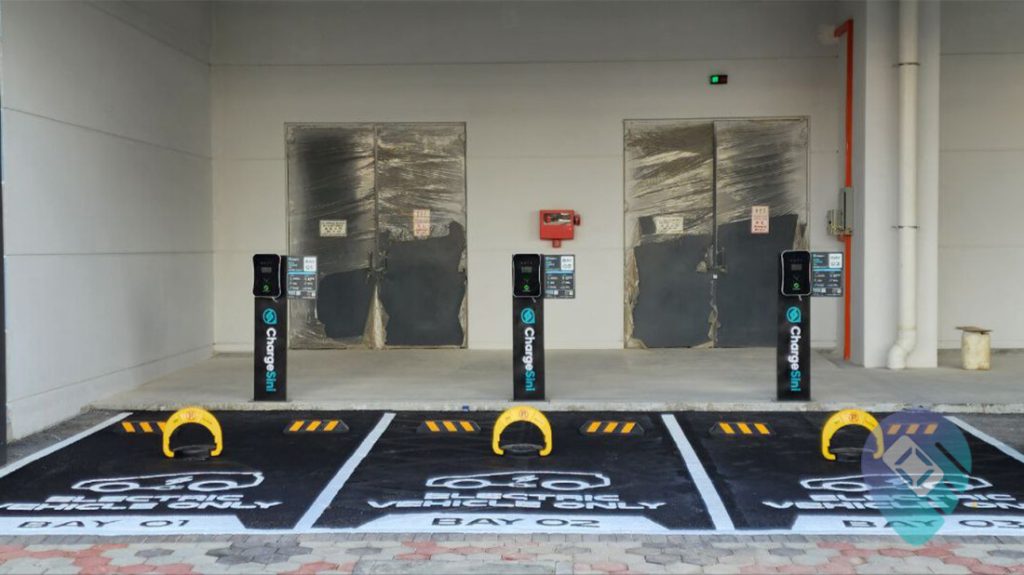
Secondary cities, however, offer a more welcoming environment. Landed properties dominate the housing landscape, making it easy for residents to install home chargers. The ability to charge overnight at home provides both convenience and lower costs compared to petrol-powered vehicles. This accessibility shifts the balance of practicality, encouraging more suburban households to consider EVs as a viable option for daily use.
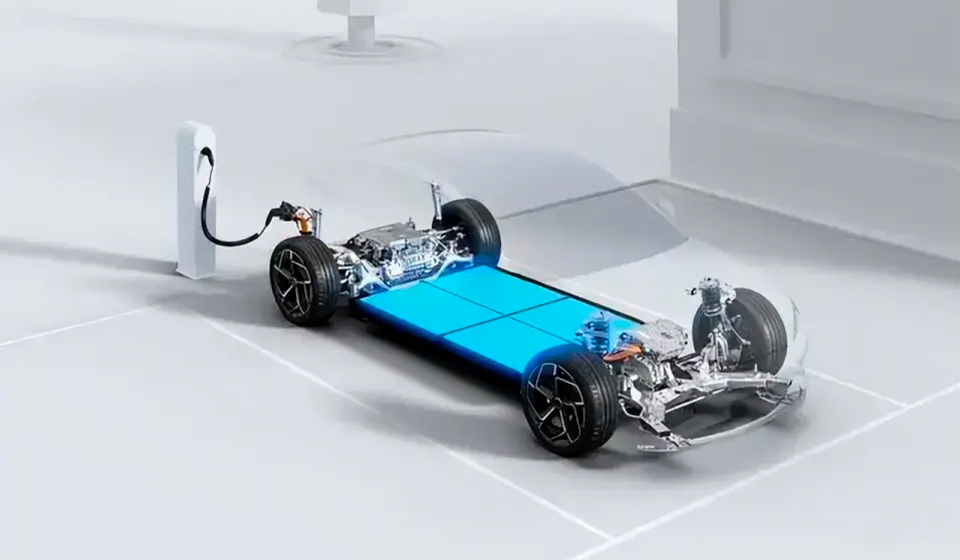
At the same time, the rise in global EV sales is closely linked to improvements in battery technology. Compared to a decade ago, battery costs have fallen by around 90% , making EVs far more affordable than before. Unlike earlier generations, today’s batteries are built with much better quality and can last between 10 to 15 years, giving drivers long-term confidence in their investment. This combination of lower cost and greater durability has transformed EVs from a luxury purchase into a practical option, especially for households in secondary cities that already enjoy the convenience of home charging.
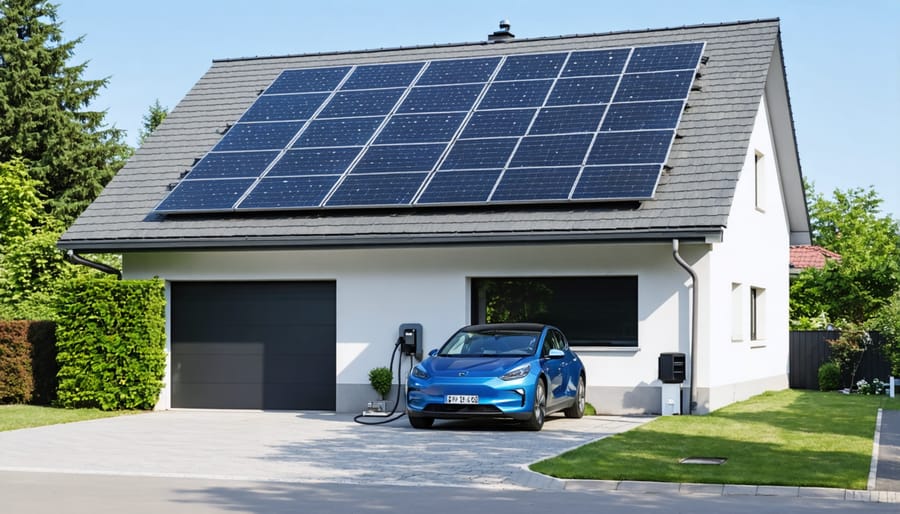
Beyond cost and convenience, landed homes also open the door to renewable energy adoption. Solar panel installations allow EV owners outside KL to reduce their operating costs further, in some cases enjoying what could be considered free mobility powered by the sun. For these households, EVs represent not only cleaner transportation but also a smarter financial decision.
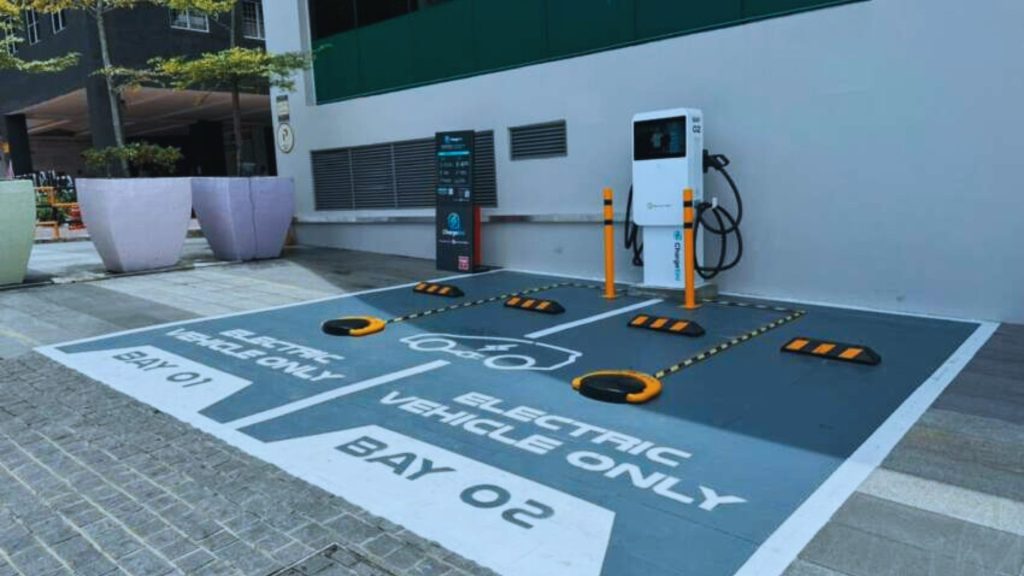
This dynamic highlights why EV adoption may accelerate more quickly in Malaysia’s secondary cities than in its capital. The landscape of high-rise living in KL limits the convenience of private charging, while suburban housing in other regions provides a clear path toward cheaper, cleaner, and more practical EV ownership. For charging providers and policymakers, this divide signals the importance of strategies tailored to different types of communities across the country.
